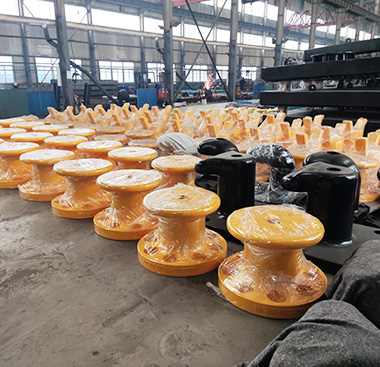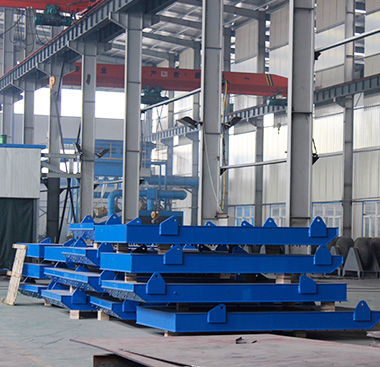- Home
- Products
- Marine Fender System
- Super Cone Fender
- Super Cell Fender
- Unit Element Fender
- Arch Fender
- Cylindrical Fender
- TTV Fender
- Super M Fender
- D Fender
- Wing Fender
- Square Fender
- Tugboat Fenders
- M Fender
- W Fender
- Keyhole Fender
- Roller Fender
- Wheel Fender
- Pneumatic Rubber Fender
- Hydro Pneumatic Fenders
- Foam Fender
- Donut Fender
- Composite Fender
- Foam Buoy
- Corner Fender
- Sliding Fender
- Marine Protection Plate
- HP Fender
- Step Fender
- Semi-Circle Fender
- Rubber Ladder
- Capping Fender
- Mooring Bollard System
- Marine Steel Structure
- UHMW PE PAD
- Ship Launching Airbag
- Quick Release Hooks
- Rubber Kerb
- Marine Fender System
- Solutions
- Projects
- Company
- Contact
- All
- Product Name
- Product Keyword
- Product Model
- Product Summary
- Product Description
- Multi Field Search

 English
English






























